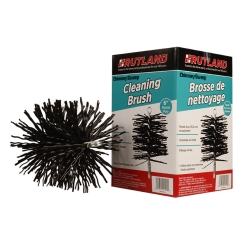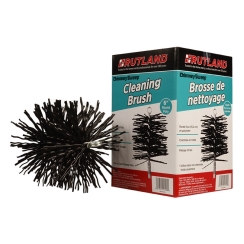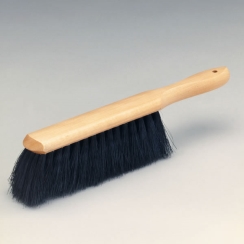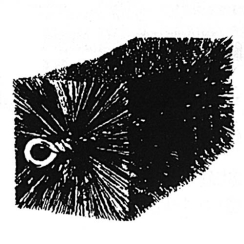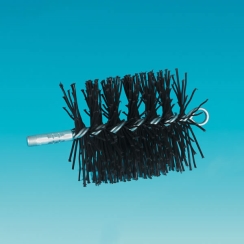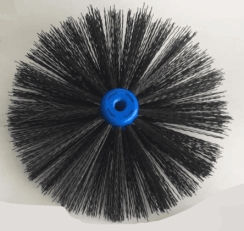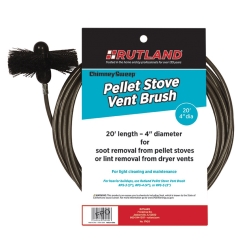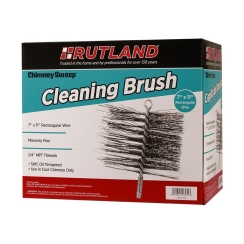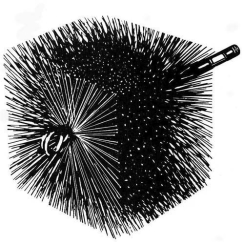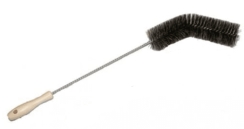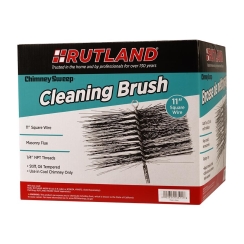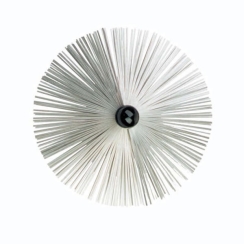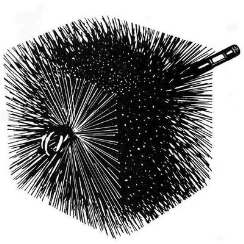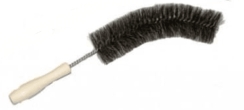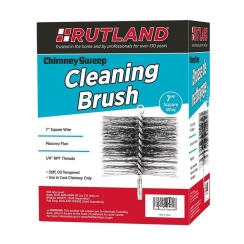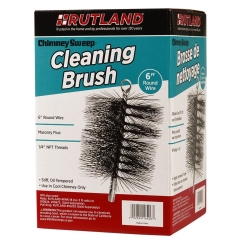Chimney Brushes
Displaying 1–20 of 388 items
Have questions?
Our NFI-certified experts are here to help!Related Articles
Customer Q&A with Product Specialists
Thank you for reaching out!
Thank you for your interest in our products. We've received your question and will get back to you shortly — usually within the hour but always within 1 business day. To ensure you receive our response, please add our email address (info@efireplacestore.com) to your email whitelist or address book.
In the meantime, while we prepare our response, keep an eye on your inbox for an email from us. We'll be sending you our exclusive Buyer's Guide, packed with valuable information to assist you in making the best decision for your needs.
If you have any further questions or need immediate assistance, feel free to reach out to us directly at 1-800-203-1642.
Thank you again for choosing eFireplaceStore.com!
Customer Images

About Chimney Brushes
Just like every other part of a fireplace, your chimney needs some TLC. A chimney brush is more important than you might think when it comes to keeping your fireplace clean and safe for use. Chimney brushes help keep exhaust flowing up and out of the home rather than into the home. You might wonder how. For more information and to know which chimney brush is right for you, check out our Chimney Brushes Buyer's Guide.
